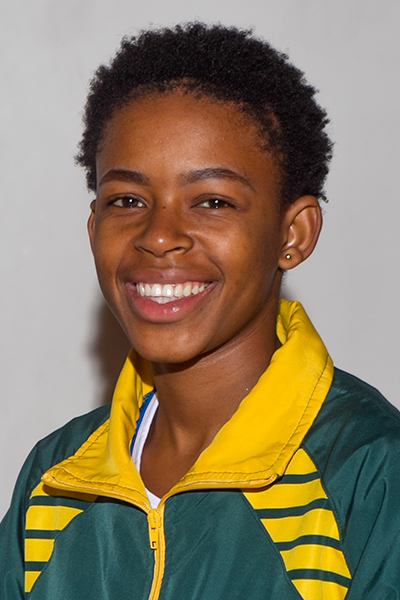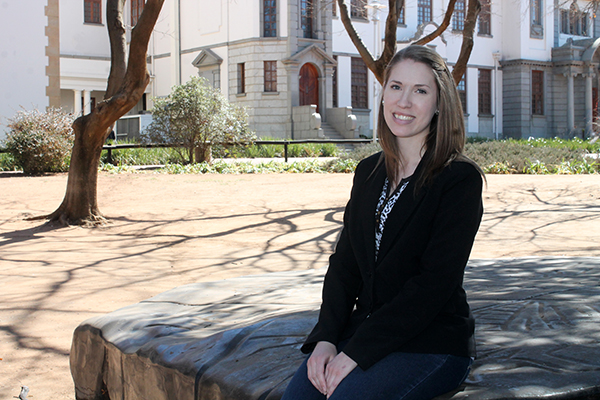Latest News Archive
Please select Category, Year, and then Month to display items
07 March 2018
Photo Supplied
 Ts’epang Sello, one of the Kovsie contenders for a medal at Friday’s Varsity athletics meeting.
Ts’epang Sello, one of the Kovsie contenders for a medal at Friday’s Varsity athletics meeting.
Ts’epang Sello, one of the Kovsie contenders
for a medal at Friday’s Varsity athletics meeting.
Photo: Supplied
The University of the Free State will hope to start developing their next Wayde van Niekerk when the first Varsity athletics meeting takes place on Friday at the Tuks Athletics Stadium in Pretoria.
The second meeting is on 23 March, also in Pretoria.
Thirteen members (five men and eight women) of the Kovsie team of 25 are still under the age of 21.
The hope for medals among the men would be on Sefako Mokhosoa (triple jump), Hendrik Maartens, and Tsebo Matsoso (both 200 m). Mokhosoa, who represented South Africa last year at the Southern Region Championships, is in red-hot form and achieved a personal best of 16.13 m at the Motheo/Xhariep meeting two weeks ago. This is currently the third best distance in the country for 2018.
Maartens would like to go one step further. In last year’s final Varsity meeting, he finished second in 20.62. Great things are expected of Matsoso, a first-year student who competed at the African Junior Championship in 2017. Last year, he was one of the top athletes at school level by winning the SA title in a time of 21.14.
Ts’epang Sello (800 m) and Elmé Smith (100 m and 200 m) will lead the charge for the women. Sello already came close to her personal best (2:09.8) this year, while Smith has also been running fast times. Her best this year was 11.88 (100 m) and 24.53 (200 m).
Tyler Beling (1 500 m) is another first-year student who is showing great potential. She obtained a fourth position at last weekend’s CAA Southern Region Cross-country Championships. Maryke Brits (100 m hurdles and long jump) is a possible medallist, despite running her first event for the year on Wednesday night.
The meeting starts at 17:15 and will be broadcast on SuperSport 5.
Humour a powerful tool to address serious issues
2017-12-06

Michelle Malan received a Dean’s medal from the Faculty of Humanities at the mid-year
graduation ceremonies for her Master’s degree.
Photo: Jóhann Thormählen
People, in most contexts, are more open to engage in serious issues such as politics and economics if it is presented in a humorous way. This makes humour a very powerful tool to address burning issues in our society.
These are some of the findings in the research of Michelle Malan, a part time lecturer in the Department of Linguistics and Language Practice at the University of the Free State (UFS).
How comedians and cartoonists use humour
The basic premise of her research, titled The Intersemiotic Translation of Humour, was to see how comedians and cartoonists take news stories and translate it into humour. She received the Dean’s medal for the best Master’s degree in the Faculty of the Humanities at the mid-year graduation ceremonies in June 2017.
“More specifically, I explored how the medium constrains potential meaning-making in cases of intersemiotic translation in which humour is constructed,” she says.
Cartoon vs a comic television show
According to her the medium in which a message is given, in this case comedy, definitely influences how one is able to form meaning from it. “For instance, a cartoon (visual medium) would have a different meaning-making potential than a comic television show.”
She also notes that one must understand the workings of humour, which includes the mediums in which it is presented, so that the intended humour does not do more harm than good.